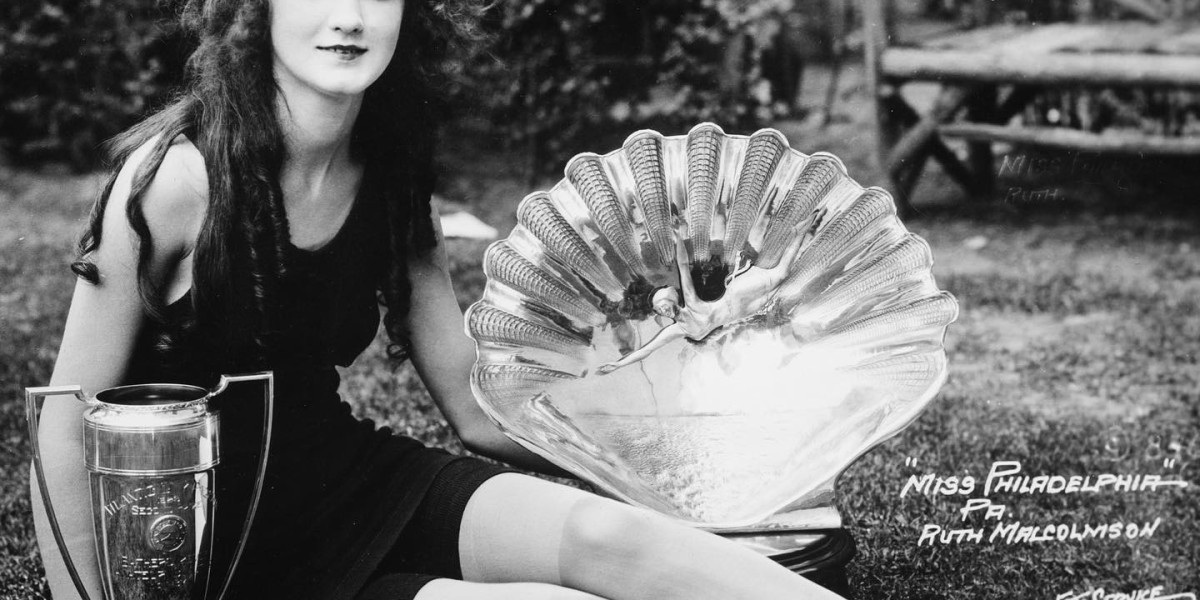Drawing is therapy. It’s a creative way to let out what’s within. It’s an alternative way to express what you cannot express with words. By drawing, you can reveal your thoughts. You can use drawings to show your emotions. Drawing also helps you show the world how good you are as an artist.
Getting started is the challenging bit. It can be heartbreaking to stare at a blank page. Luckily, these drawing tips will help you get started.
1.Get the Right Tools
The right cartridge paper a4 and pencils will help you start right. For example, you’d need a different paper for a colored pencil. Graphite paper is also different. The paper will also be different when you’re using ink and pen. Experiment with different pencils and papers.
This way, you'll learn what specific papers are best for. Check the sides of a pencil to be sure about its graphite hardiness. ‘H’ means harder graphite. ‘B’ means softer, and ‘HB’ is in the middle. A 4H pencil is also very different from a 4B pencil. Familiarize yourself with the H scale. Then, understand the b scale. Try mechanical pencils and traditional ones.
Mechanical pencils have better precision. Traditional pencils, too, are perfect for laying large textures. Remember, some mechanical pencils have HB pre-inserts. They give you a middle scale to work with.
2.Master Your Pencil
Master your pencils. Learn how to hold your pencil. Gripping your pencil reduces your control. It reduces your precision. Lighter strokes are better. You can achieve this through pencil sketching. Pencil sketching awakens your creativity. It enables you to be keen on details. Pencil sketching is also a clever way to improve your observation skills.
As you make sketches, you deeply understand different forms. You also understand different compositions. By mastering pencil sketching, you enhance your artistic expression. You also become good at communicating ideas with better clarity.
Pencil sketching helps you better visualize things. You become more precise with your drawings. Start by drawing simple shapes. Squares, circles, and triangles give you better control of your pencil.
3.Try Different Styles
You can perfect your drawing skills by trying new techniques. Embrace new approaches. Experiment with varied subjects. Use different mediums. Different drawing styles help you expand your artistic capabilities. The more you draw and experiment, the easier you discover your artistic power. Experimenting also means embracing new challenges.
Accept drawing tests that have hurdles you haven't met before. Train yourself to capture more complex views.
Some techniques you can try include varying your markings. Varied shades create unique depth and forms. Ensure the style you chose complements your style. If you prefer smoother transitions, embrace them. Some people could also opt for pencil strokes blended with thin outlines. Other artists prefer partial shades. You could also cross-hatch to counter a bold outline.
4.Vary Your Texture
Your drawings should show different textures. For example, using texture, you’d want to differentiate a metallic object from a skin shade. Fur would also have a different texture. Different textures have unique features. The way you capture these textures will show your level of accuracy.
A smooth or rough texture is easy to determine. You can enhance creativity by allowing your sheds to reflect some light. A smooth texture reflecting light is easier to contrast. It is outstanding. An example is chrome which has high contrast. Absorbing and rough textures have low contrasts. They’re not the best if you need a highlight. An example is cotton.
5.Draw Daily
Be consistent. Draw daily. By drawing daily, your observation skills sharpen. You improve your perception of the world by drawing daily. Regular drawing also helps your eyes. You'll notice more intricate proportions, shapes, and details. Daily drawing will help you notice interplays between different objects.
As you become more observant, you can better convey your subject matter. Consistency boosts your muscle memory. Good muscle memory will help you achieve controlled and consistent drawings. As you draw daily, you also test different techniques and strokes. Daily drawing also improves your hand-eye coordination. It fine-tunes your translation to what you’re drawing.
6.Draw Inspiration
Make it intentional to seek inspiration. Study something that you haven’t drawn in the past. Take part in some art classes. Engage in online drawing forums and challenges. Youtube tutorials can also come to your aid. Visit a new place. Listen to a fellow artist. Read about something amusing.
The more you explore, the more ideas you can express through drawing. Enroll in some drawing classes. Commit time, resources, and effort to hone your drawing skills. In just a week of drawing classes, you can achieve so much.
7.Track Your Drawings
You can improve your drawing skills by revisiting past art. A revisit to previous drawings can help you identify areas of improvement. You can also note the progress you’re making. This will motivate you to continue drawing. Create a catalog of your artwork. They should show how you have progressively improved your skills.
Such a collection is what you can use to pitch to potential clients. You can also share your portfolio when need be. Past drawings can also give you an idea of some new designs. Revisits to past artworks also help you reconnect to your old styles.
8.Shade Right
Your shedding determines your final output. As you shade, have an extra paper piece below your hand. By doing so, you’ll reduce smudges. You'll minimize unwanted pencil lines. A clean drawing is attractive. It is more valuable.
You can also optimize smudging by smoothing it out until you have a perfect shade. Be creative and embrace simple tools like tissue paper for smoothening.
Conclusion
The secret to making excellent drawings lies in understanding why you’re drawing. Ask yourself why you want to make the best drawings. Your answer will be your motivation. Drawing could be a free-time hobby for you. It could also support your career. Whatever your reason is, you’ll have the drive to improve your drawing skills.








